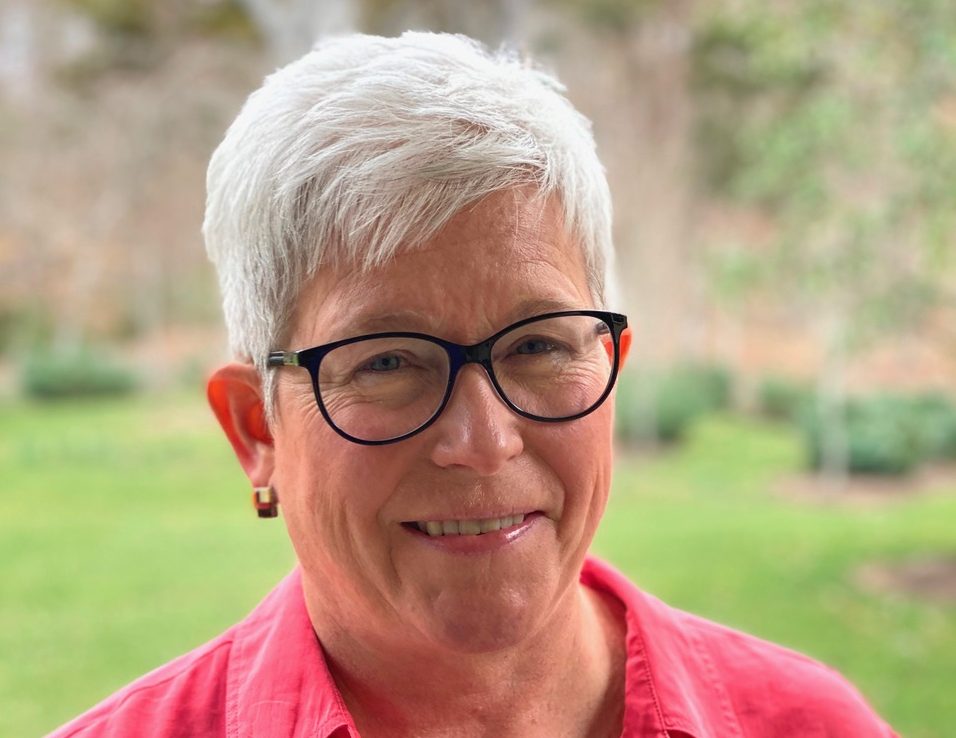Five Questions with an OG, Marge Connelly: Banking and Credit-Based Business
04.20.2020
MissionOG

MissionOG is fortunate to be supported by a deep network of experienced operators and entrepreneurs. This entry is part of a blog series where we share perspectives from “OG’s” – original innovators from specific market segments and/or business disciplines.
For the past 25 years, Marge Connelly has been in executive roles with public companies, responsible for large, complex organizations and driving transformational change. She is passionate about developing people and using technology and lean processes to create both efficiency and great customer experiences.
Marge currently is a member of the Board of Directors for The PRA Group (Nasdaq: PRAA) where she serves on both the audit (chair) and compensation committees and is an advisor to MissionOG. Prior to these roles, Marge’s professional experiences included COO for Convergys Corporation, EVP and co-CIO of Capital One, COO for Wachovia Securities, and Global COO for Barclaycard.
MARGE, WHILE THE PANDEMIC HAS TURNED MOST THINGS ON ITS HEAD, UNDER MORE NORMAL CIRCUMSTANCES, WHAT ARE SOME OF THE INDICATORS YOU CONSIDER TO EVALUATE THE HEALTH OF THE CREDIT MARKET?
There’s a lot of data available to make such assessments and while none of it is definitive and can sometimes appear contradictory, it can offer strong clues to help with forecasting and planning. These indicators include:
- The length of the current economic cycle, which historically average around 5-6 years, though the most recent cycle ran for more than 10 years!
- Credit spreads, which indicate the risk premium that the market is building into rates
- Overall amount of debt and rate of growth, with high levels of debt and slowing growth generally indicating an end to a cycle is near
- Delinquency, default and recovery rates vs historic levels, and their current trends
- Consumer confidence levels
- Unemployment rates
WHAT RECENT TECHNOLOGICAL ADVANCEMENTS HAVE EMERGED TO HELP CONSUMERS NAVIGATE AN INCREASING RATE ENVIRONMENT SHOULD IT EMERGE?
New fintech entrants into the lending space offer consumers many more alternatives versus what could be found 10 years ago, especially for consumers who historically have been underserved because of thin or negative credit history. Many of these new solutions can be accessed completely online, so geography is much less of an issue. Also, to help navigate these options, comparative engines have emerged online to help consumers identify options that have the best rates and terms to meet their specific needs.
WHAT ADVANCEMENTS IN CREDIT SCORING, ESPECIALLY FOR THE UNDERSERVED CONSUMER, HAVE BEEN MOST MEANINGFUL?
In recent years, there have been a number of innovations in credit scoring and modeling risk that have enhanced, though largely not fully replaced, the traditional scores from credit bureaus and FICO. This was needed in part because the great recession changed the primary precept that has historically driven the approach to credit scoring – namely, that past behavior predicts future behavior. These innovations have also taken advantage of new data sources, like social media, and new approaches, such as behavioral analytics.
I am particularly interested to see how analyzing banking information – checking, savings and money market accounts, as UltraFICO is doing, will impact access and defaults, but believe that all of these innovations can add value. That said, it is important to keep in mind that more data doesn’t automatically result in better results. It will be critically important that new models don’t inadvertently disadvantage groups of people in inappropriate ways.
YOU MENTIONED THE INFLUENCE THE GREAT RECESSION HAD ON CREDIT SCORING INNOVATION. DO YOU THINK THE PANDEMIC-DRIVEN RECESSION WILL HAVE A SIMILAR IMPACT?
Yes, I do think this current situation will create an opportunity for more innovation in this area because again, consumers’ capacity to pay debt has been severely impacted, at least in the short run, by events unrelated to their personal capabilities or behaviors. If, as many expect, this recession is deep but short, it may only mean changes to models that discount the data from the last half of this year but if it is longer, a fresh round of more profound innovation is likely. In either case, though, the recovery will differ by region and industry so there may be opportunities to further consider these types of factors when evaluating risk.
HOW DO YOU EXPECT THE BANKING BUSINESS MODEL TO EVOLVE OVER THE NEXT 10 YEARS?
I think following current trends are worth monitoring:
- The increase in online banking and the corresponding decrease in branch banking
- The use of data, AI and digital channels to find new customers and offer customized products
- The further rise of digital first players
I also expect we will see consolidation in payments and basic consumer online lending as “winners” emerge and a downturn that shakes out weaker credit managers in underserved lending.
DO YOU EXPECT BIG TECH (APPLE, FACEBOOK, AMAZON) TO BECOME BANKS?
I think several of the big tech companies will choose to establish a bank, so that they can control and benefit from more elements of the payments value chain and strengthen their relationships with their customers. They already have an enormous amount of data on these customers, which, if done thoughtfully, could be used to offer better products to their base and add value.
But I also believe that Big Tech needs to understand that banking is based on trust. If customers do not trust a new bank’s intentions or feel they do not have adequate respect for their privacy, then the company will struggle. So yes, I feel there is real opportunity, but a foundational trust must be there.